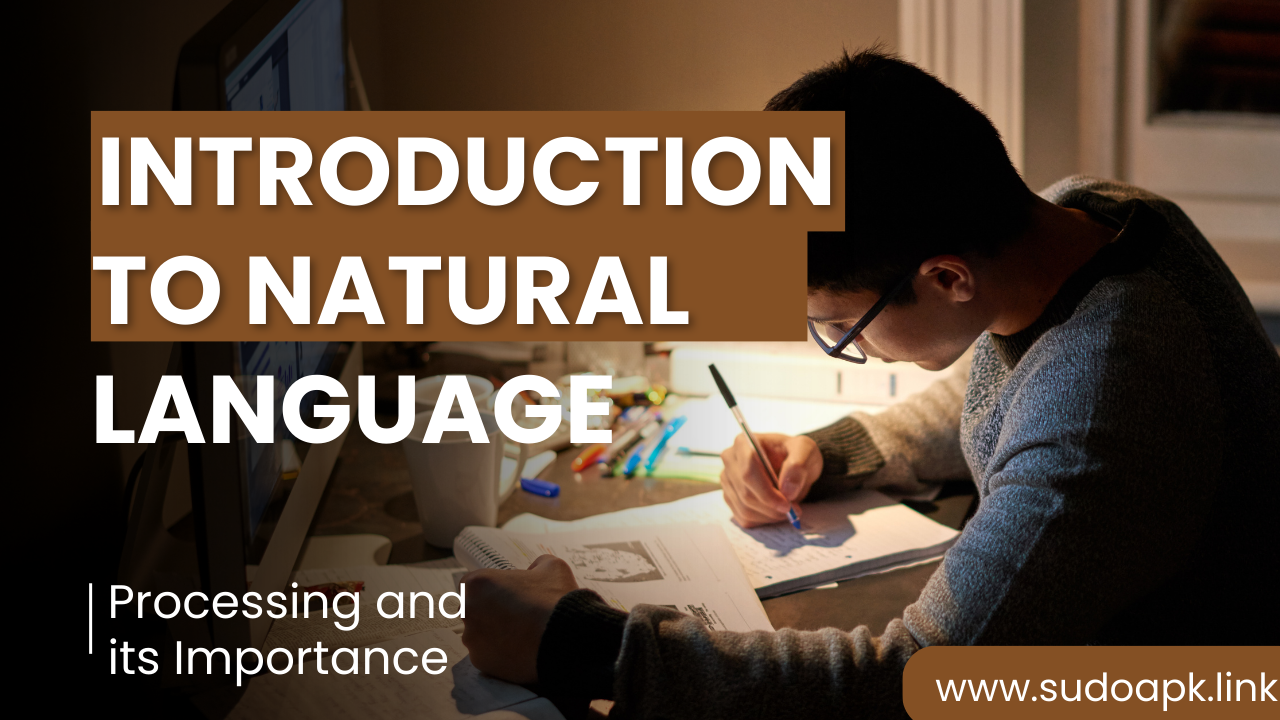

Introduction to Natural Language Processing and its Importance
Natural language processing (NLP) refers to an AI technology that enables computers to understand, interpret, and manipulate human language. NLP drives much of the intelligence powering virtual assistants, translation services, sentiment analysis, targeted marketing, and more by unlocking valuable insights from unstructured text and speech data.
In this comprehensive guide, we explore core NLP concepts from basic techniques like stemming to emerging capabilities around large language models and the transformational impacts NLP delivers across healthcare, education, finance and other industries.
An Overview of Natural Language Processing
Natural language processing aims to bridge the gap between human communication and computer understanding by applying machine learning to text and speech. The history of NLP research spans over 50 years across several key areas:
Machine Translation
Automatically translating content from one language to another, like Google Translate, is one of the toughest language challenges that kicked off NLP research in the 1950s based on rules-based systems. Statistical and neural techniques made huge recent advances.
Sentiment Analysis
Determining emotional tone, subjective opinions, attitudes and intentions computationally from text and emoji reactions enables applications like brand monitoring, customer service and gauging public reception to policies using keyword analysis.
Information Extraction
Structured information like names, dates, account numbers, diagnoses, relationships etc can be automatically extracted from unstructured documents like prescriptions, bank statements and research papers using statistical patterns and deep learning to unlock insights.
Natural Language Generation
Human-sounding content can be automatically generated for tasks like writing earnings reports, executive briefing memos, product/service descriptions and even fake online reviews using trained language models like GPT-3 that learn stylistic and structural patterns from vast data.
Speech Recognition and Synthesis
Transcribing audio into text and vice versa enables ubiquitous applications like virtual assistants, transcription services, text readers for the visually impaired etc. Deep learning has significantly improved accuracy.
Together these capabilities enabled by fundamental NLP techniques drive human-computer interaction and process automation using language intelligence.
Core Concepts in Natural Language Processing
At a high-level, NLP approaches analyze linguistic structure across words, sentences and documents by applying algorithms rooted in 3 key pillars:
1. Morphology
It studies internal word structure analyzing how root words combine with prefixes and suffixes to change meaning like "learn" to "learned" or "learner". This aids keyword normalization for analysis.
2. Syntax
It examines sentence composition through grammars rules governing how words combine into phrases and clauses. Parsing sentence structures builds representative tree diagrams useful for meaning.
3. Semantics
It interprets the symbolic meaning conveyed by words, phrases and sentences independent of structure. Natural language understanding requires mapping syntax to real-world objects, concepts and their inter-relationships to drive logic and reasoning.
Advances across these areas have enabled machines to progress from simply counting keyword frequencies to understanding full language complexity. Let's analyze key NLP techniques and models next.
NLP Techniques and Models
Rule-based Techniques
Linguistic rules around grammar formats specified by experts birthed NLP but proved brittle. Evolving statistical and AI techniques offer more robustness. But rules still aid tasks like data validation.
Regular Expressions
Sequence patterns describing rules are widely used for text mining applications like finding addresses or formats like phone numbers and codes for structure identification.
Bag-of-Words Model
Text get represented by word counts disregarding grammar and order but tracking frequency. This quantification feeds prediction algorithms but causes meaning loss through decontextualization. Enhancements like n-grams preserve some information.
Tokenization
Segmenting text into linguistic units like words, punctuations and numbers provides base elements for analysis. It facilitates vector representation and information retrieval through search indexes.
Stemming and Lemmatization
Stemming strips suffixes to reduce words to base form like "learn" from "learned". Lemmatization uses vocabulary analysis to map words to the root like "was" to "be" which aids normalization for improved matching accuracy.
Entity Recognition
Tools like named-entity recognition annotate words across texts with category tags like person, location, organization etc enabling rich metadata extraction and storage in structured databases.
Sentiment Analysis
Categorizing subjective opinions in text and predicting their overall polarity as positive, negative or neutral by assigning sentiment scores to words/phrases enables applications like brand monitoring through big data aggregation.
Word Embeddings
Words get represented as numeric vectors retaining contextual meaning allowing mathematical operations useful for search, semantic analysis and information retrieval. Clustering words by meaning is possible through embeddings.
Language Models
Statistical AI models trained on massive volumes of text can predict the next word in a sequence probabilistically to auto-generate content or suggest completions increasing typing efficiency. Latest models like GPT-3 display eerie language mastery.
Jointly these fundamental techniques enable versatile NLP across use cases like information retrieval, text summarization, conversational systems and document classification. Let's analyze breakthrough real-world applications next.
Key Applications of Natural Language Processing
NLP finds extensive adoption across industries today driving efficient search, recommendations, data analysis and process automation:
Search Engines
Semantic analysis through techniques like latent semantic indexing, word embeddings like Word2Vec and language models like BERT optimize search relevance on engines like Google enabling discovery beyond just keyword matching.
Intelligent Chatbots
Chatbots handle customer queries, provide technical support, offer product recommendations and even provide counseling services by combining language models and dialogue managers without human intervention in cost-effective and scalable ways.
Machine Translation
Services like Google Translate, Microsoft Translator and Amazon Translate convert documents, websites, speech, images and videos across 100+ languages using trained neural networks, easing global dissemination of information and businesses.
Text Simplification
Complex content can be simplified for young readers and people with limited literacy by reducing grammatical intricacy, replacing difficult words with simpler variants and breaking down sentences with low readability using lexical, syntactic and semantics analysis.
Spam/Offensive Content Detection
Toxic, dangerous and misleading content get automatically flagged through classification algorithms identifying malicious patterns, questionable URLs and coordinated inauthentic behavior indicating fraud/propaganda to improve online health.
Document Summarization
Long reports, legal contracts, research papers and investigative articles get condensed extracting key facts, conclusions and central topics using statistical approaches and word embeddings to highlight crucial content aiding speed reading.
Predictive Text Input
Typed sentences get completed automatically in apps like Google Docs and Gmail by predicting next words through learned language models that speed up composition through auto-complete reducing key strokes. Smart compose in Gmail drafts full email replies.
Together these applications alert us to NLP's expansive utility. Next let's analyze the transformative business and social impacts achieved.
The Immense Value NLP Delivers
NLP is transforming major sectors serving business needs and social good:
Healthcare
Clinical documentation, medical coding, optimized triaging and diagnostic decision support systems developed using ontologies and sentiment analysis deliver better hospital outcomes while reducing costs and errors. NLP also aids drug development.
Education
Automated grading through essay scoring, adaptive tutoring systems and intelligent teaching assistants that gauge student mastery using conversational AI support personalized instruction at scale while aiding inclusion.
Financial Services
Sentiment analysis guides investments, algorithmic trading and risk models while competitive insight, legal discovery and regulatory compliance get boosted through document analysis and summarization.
Public Service
Voice bots, real-time translation services and semantic search optimization by government agencies helps citizens access resources easily while improving transparency. Sentiment tracking also guides effective policy.
Environmental Good
Topic modeling environmental reports, satellite imagery analysis using computer vision and generating scientific abstracts from data helps researchers accelerate sustainability research and shape prudent environmental policies through NLP.
The exponents of NLP's adoption across domains are mirrored in surging practical deployments and research investments. Let's analyze the factors powering progress next.
Key Drivers Advancing Natural Language Processing
Four technology trends have catalyzed NLP capabilities in recent years:
1. Scalable Cloud Infrastructure
Massive compute and data storage to train complex deep learning NLP models with billions of parameters on huge textual datasets get enabled by elastic GPU clusters offered by cloud platforms like AWS, Azure and GCP democratizing access.
2. Abundant Text Data
Vast digital content created online including billions of websites, documents, social media posts, chat logs and emails provide rich self-supervision signals to train advanced NLP models resulting in new benchmarks monthly.
3. Transfer Learning
Language models like BERT, GPT-3 and PaLM pre-trained on diverse unlabelled data develop broad linguistic competencies like translation, summarization, sentiment analysis etc which transfer readily to downstream tasks through minimal additional training driving new applications.
4. Multimodal Learning
Jointly processing images, videos, speech, text and tabular data using unified deep learning models builds richer representations tied to human experience that improve contextual understanding compared to just text for more human-like language abilities.
The convergence of exponential data growth, scalable computing and robust neural architectures trained using transfer learning has greatly advanced language AI over 5 years. What does the future look like?
The Road Ahead for Natural Language Processing
NLP will continue enjoying strong momentum over the next decade as core enabler across industries. Let's analyze trends shaping evolution:
Conversational AI Becomes Ubiquitous
The proliferation of chatbots, voice assistants and mixed reality apps will transform search and customer engagement powered by multi-turn dialogue learning, causality-based reasoning and personalization that make interactions intuitive, contextual and intelligent.
Multilingual Models Grow prevalent
Training architectural variants like mT5 and mBART on huge polyglot data will enable a single model to offer versatile NLP across 100+ languages without losing fluency or accuracy while minimizing bias. This boosts inclusion.
On-Device Capabilities Take Off
Optimized models like TensorFlow Lite, Core ML and Transformer HL will deliver low-latency NLP on mobiles, edge devices and browsers protecting privacy through local processing augmenting human capabilities anywhere without relying on cloud connectivity.
Generative AI Spurs Innovation
Tools likeGPT-3, DALL-E, Claude can generate articles, code, multimedia content from text prompts that empower entrepreneurs to build creative solutions faster while advancing accessibility. Responsible open models will enable new applications.
In summary, natural language processing will enhance engagement across all user interfaces enabling ambient discovery and problem solving through language while optimizing processes that rely on unstructured data. Domain-focused models and multimodal learning offer new frontiers as NLP penetrates globally.
Key Takeaways on the Importance of Natural Language Processing
1. Bridges Human Communication Gap
By contextual understanding of text and speech, NLP overcomes computers' historical limitations with natural language allowing intuitive human-machine interaction.
2. Extracts Insights from Unstructured Data
Vast unstructured public and enterprise content embeds invaluable intelligence that NLP taps through machine reading and learning for analytics.
3. Automates Language-Intensive Workflows
Document processing, customer engagement and advisory tasks involving language get automated using NLP improving efficiency and consistency.
4. Boosts Personalization and Recommendation
Understanding user preferences, feedback and behavioral traits enables NLP algorithms to offer personalized content catering to taste and needs.
5. Mitigates Risks
Toxic content moderation, fraud analytics and complaint resolution powered by NLP reduces risks across marketplaces, social spaces and finance.
6. Drives Inclusion and Multiculturalism
Translation bridges languages while text simplification, speech interfaces and chatbots bring information access to billions lacking digital skills enabling participation.
Through this analysis we covered NLP techniques, applications and future trends while highlighting benefits that make language AI indispensable globally. We hope you gained insight into key tools to architect solutions enhancing human language abilities!
Frequently Asked Questions (FAQs) on NLP
Q: How is NLP used in everyday technologies?
NPL powers popular experiences like search engines, smart speakers, social media feeds, translation apps, autocorrect, targeted advertising, personalized recommendations and virtual assistants that understand natural language requests.
Q: What are word embeddings in NLP?
Words get represented as numeric vectors capturing meaning allowing mathematical comparisons. Words conveying similar ideas cluster closer in embedding space. They quantify semantics aiding analysis.
Q: What fueled recent advances in NLP?
Deep learning on vast text data revealing linguistic patterns, transfer learning from models like BERT resonating meaning cross contexts, transformer architectures excelling at language modeling and cloud scale compute resources catalyzed recent NLP breakthroughs.
Q: How can we make NLP models more ethical?
Mitigating bias by testing model fairness across user groups, enabling transparent reporting of limitations by design through product documentation and providing explainability interfaces to interpret model logic and decisions uphold standards.
Q: Does NLP require a lot of data?
Large volumes of high-quality textual data covering diverse language enable training sophisticated NLP models. Though transfer learning techniques allow building capabilities using limited data across new domains by reusing patterns learned from foundation models.
In summary, natural language processing drives global progress empowering convenient access to information and aiding companies make data-driven decisions leveraging unstructured data. Responsible adoption aligned to moral values can maximize benefits for humanity.
Popular articles
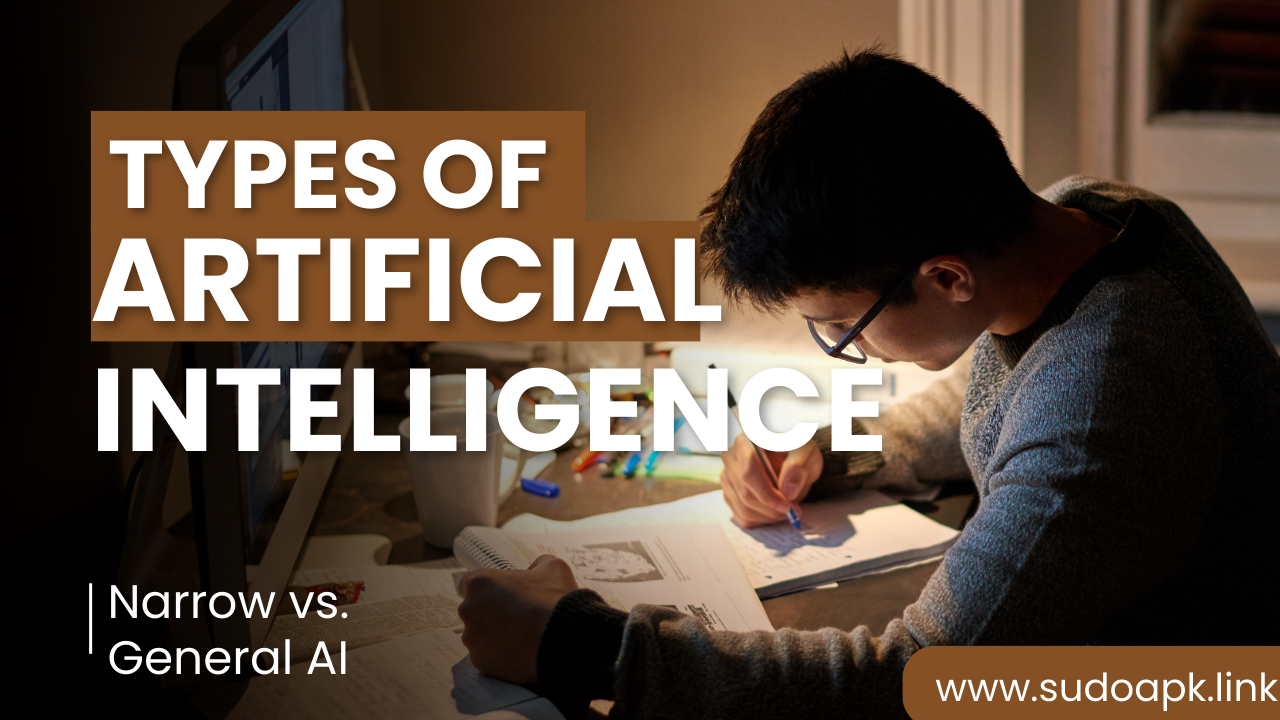
Dec 31, 2023 07:04 AM
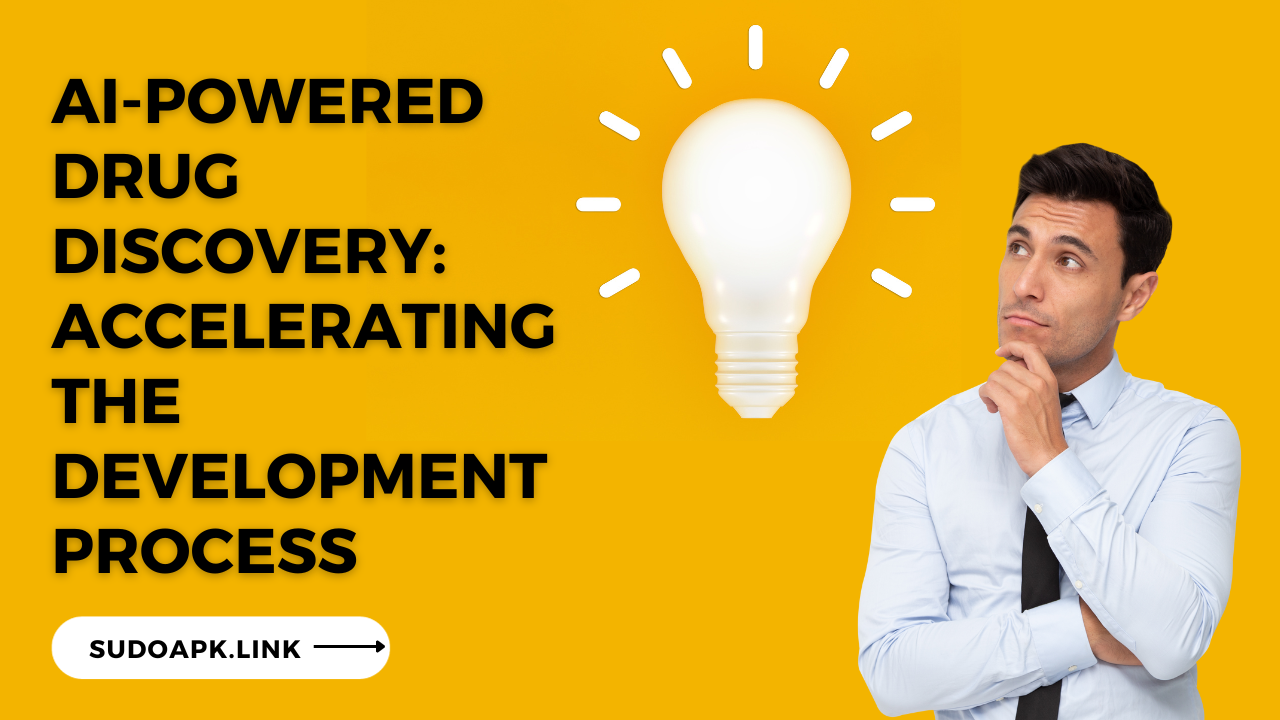
Jan 06, 2024 06:56 AM
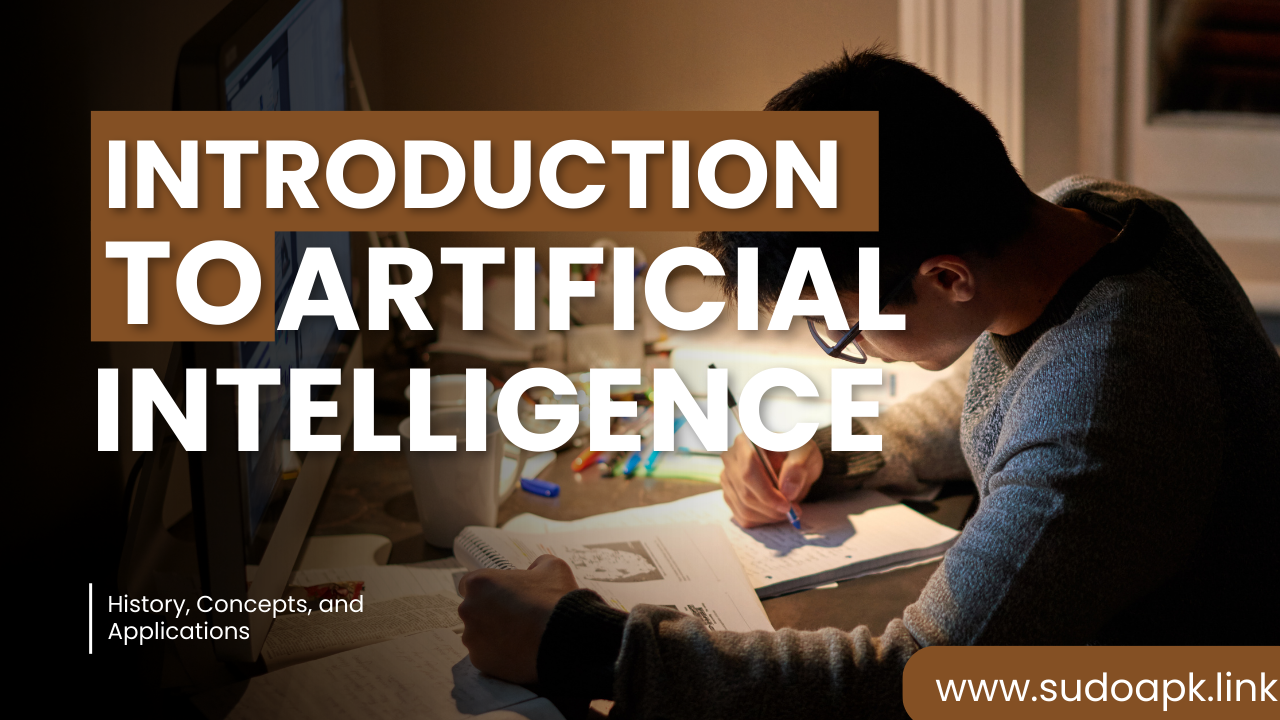
Dec 31, 2023 06:48 AM
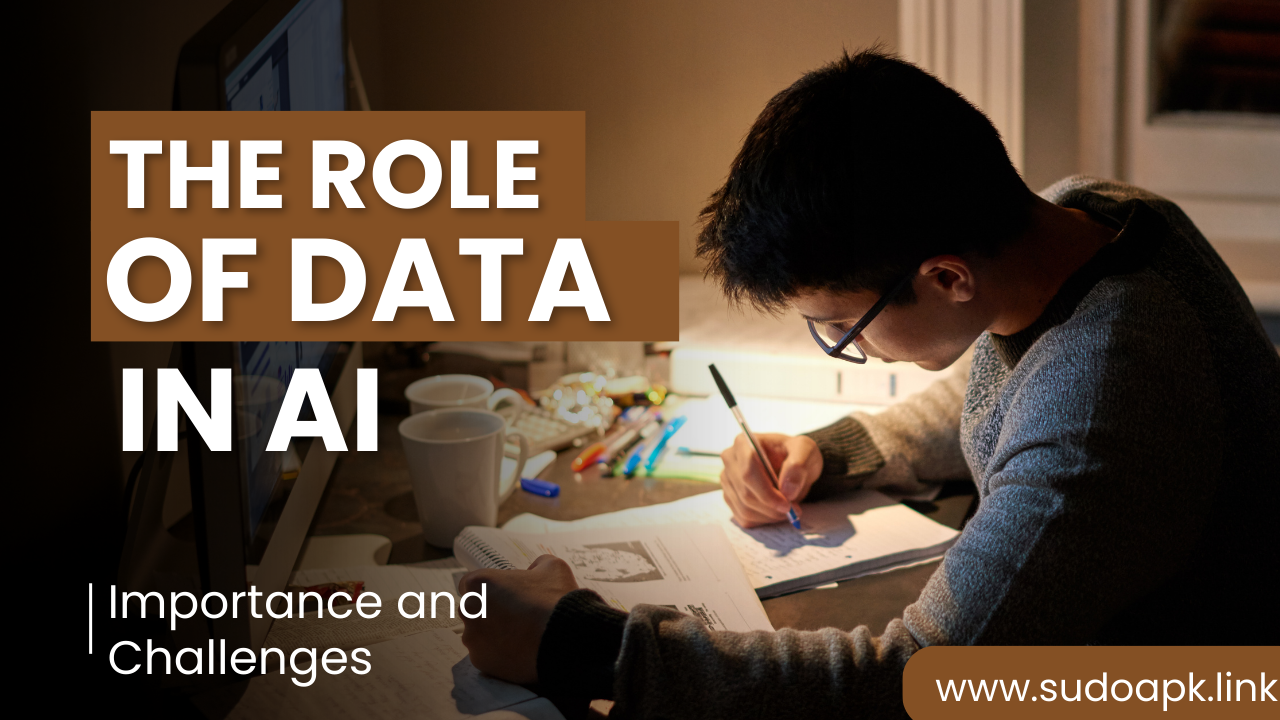
Dec 31, 2023 07:22 AM
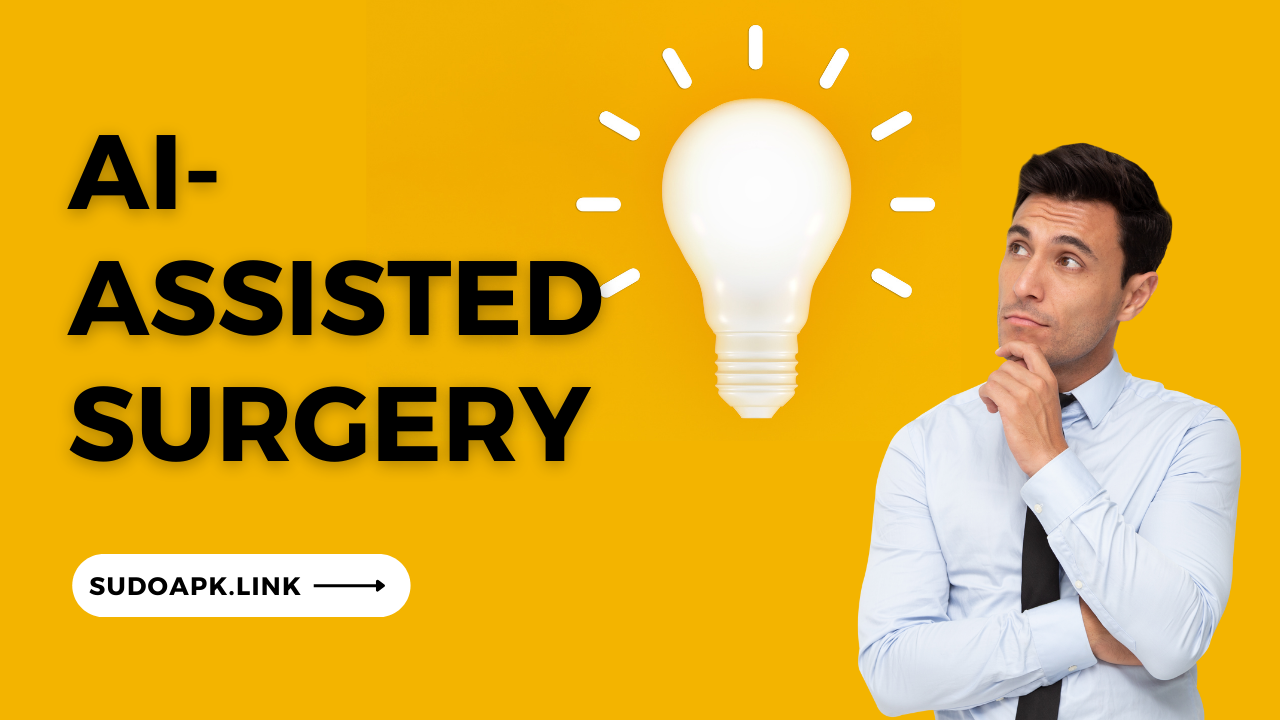
Jan 01, 2024 09:54 PM
Comments (0)